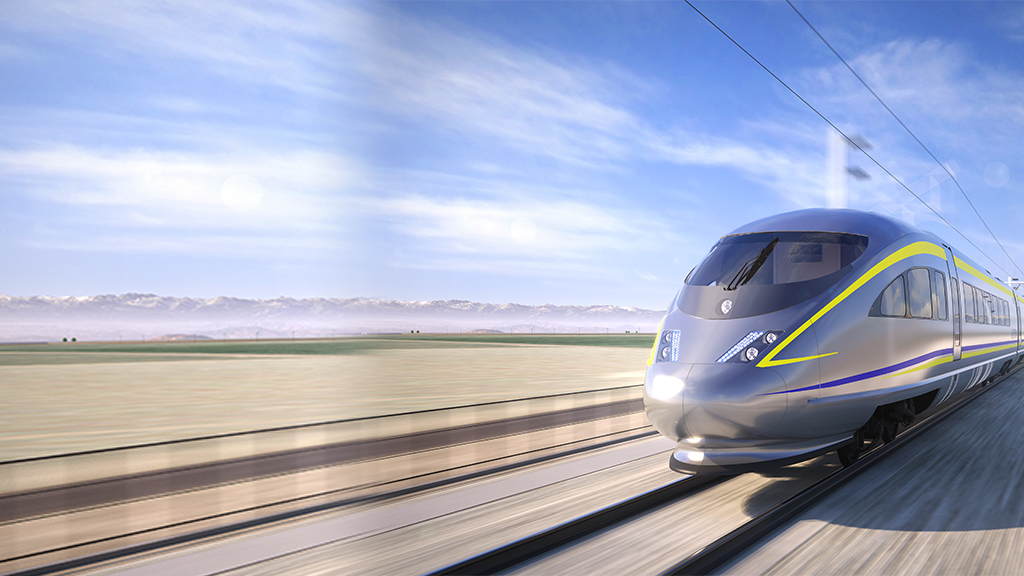Newsletter Sign Up
Stay updated on news, articles and information for the rail industry
Stay updated on news, articles and information for the rail industry
RAIL EMPLOYMENT & NOTICES
Rail News Home
Rail Industry Trends
Rail News: Rail Industry Trends
10/28/2010
Rail News: Rail Industry Trends
'Unsafe' marshalling practices on long, heavy trains can cause derailments, Canadian safety board says
advertisement
Yesterday, Canada’s Transportation Safety Board (TSB) issued another warning about the risks posed by the “unsafe operation” of longer and heavier trains.
Board members believe certain marshalling practices on long, heavy trains have led to more than 10 derailments, including a CN train derailment near Brighton, Ontario, last year.
“The way in which this train was marshalled created high in-train forces much like an accordion. Pulling forces separate cars and pushing forces compress them together," said Rob Johnston, TSB’s acting director of rail investigations, in a prepared statement. “This caused a ‘knuckle’ connecting two cars to break and the train pulled apart. The heavier tail end then collided with the lighter cars ahead causing the derailment.”
Before 1990, the average train running on Canadian mainlines was about 5,000 feet long and weighed 6,000 to 7,000 tons. Today, some trains are 12,000 feet long and weigh 18,000 tons.
“As trains get longer and heavier, the risk of derailment increases,” said Johnston. “That is why last March, we flagged this problem on our watchlist and have pushed hard to make weight distribution on trains a priority.”
During Canadian Pacific’s third-quarter earnings conference yesterday, Chief Operations Officer Ed Harris said the Class I’s trains are getting a tad shorter and lighter. Average train weight dropped 2 percent from 6,683 tons in third-quarter 2009 to 6,548 tons I third-quarter 2010, and average train length decreased 1 percent year over year from 5,783 feet to 5,725 feet.
Board members believe certain marshalling practices on long, heavy trains have led to more than 10 derailments, including a CN train derailment near Brighton, Ontario, last year.
“The way in which this train was marshalled created high in-train forces much like an accordion. Pulling forces separate cars and pushing forces compress them together," said Rob Johnston, TSB’s acting director of rail investigations, in a prepared statement. “This caused a ‘knuckle’ connecting two cars to break and the train pulled apart. The heavier tail end then collided with the lighter cars ahead causing the derailment.”
Before 1990, the average train running on Canadian mainlines was about 5,000 feet long and weighed 6,000 to 7,000 tons. Today, some trains are 12,000 feet long and weigh 18,000 tons.
“As trains get longer and heavier, the risk of derailment increases,” said Johnston. “That is why last March, we flagged this problem on our watchlist and have pushed hard to make weight distribution on trains a priority.”
During Canadian Pacific’s third-quarter earnings conference yesterday, Chief Operations Officer Ed Harris said the Class I’s trains are getting a tad shorter and lighter. Average train weight dropped 2 percent from 6,683 tons in third-quarter 2009 to 6,548 tons I third-quarter 2010, and average train length decreased 1 percent year over year from 5,783 feet to 5,725 feet.


 2025 MOW Spending Report: Passenger-rail programs
2025 MOW Spending Report: Passenger-rail programs
 Gardner steps down as Amtrak CEO
Gardner steps down as Amtrak CEO
 Guest comment: Oliver Wyman’s David Hunt
Guest comment: Oliver Wyman’s David Hunt
 Women of Influence in Rail eBook
Women of Influence in Rail eBook
 railPrime
railPrime







